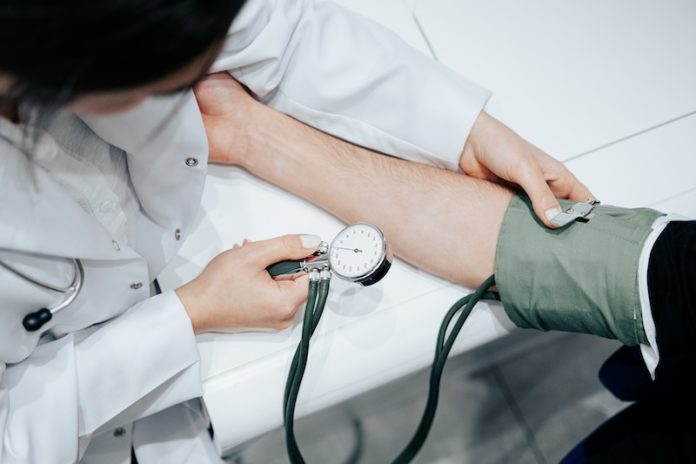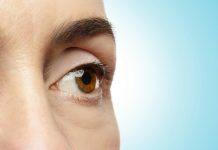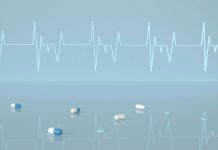
Accurate blood pressure measurement is crucial for identifying hypertension, a major risk factor for cardiovascular disease and stroke.
However, conventional blood pressure readings taken while patients are seated may not fully reflect real-life scenarios where individuals often stand or walk.
Researchers from UT Southwestern Medical Center have explored the potential benefits of measuring blood pressure in the standing position to enhance the accuracy of hypertension diagnosis.
The Limitations of Sitting Blood Pressure Measurements
Blood pressure screenings typically occur in a clinical setting with patients in a seated position. While this approach has been the norm, it may have limited sensitivity and reliability.
In real-life situations, individuals frequently stand or engage in physical activity, which can affect blood pressure.
Consequently, relying solely on seated measurements may not provide a complete picture of an individual’s blood pressure status.
The Promise of Standing Blood Pressure Assessment
The UT Southwestern study, led by Dr. Wanpen Vongpatanasin, investigated the potential advantages of measuring blood pressure in the standing position.
Dr. Vongpatanasin, a Professor of Internal Medicine and Director of the Hypertension Section in the Division of Cardiology, recognized the importance of improving the accuracy of hypertension diagnosis.
Research Methodology and Key Findings
The study involved 125 healthy patients aged 18 to 80 with no prior history of hypertension, medication use for blood pressure management, or other underlying health conditions.
The research compared blood pressure measurements taken through three distinct methods:
24-hour Ambulatory Blood Pressure Monitoring (ABPM): Continuous blood pressure monitoring over a 24-hour period to establish baseline measurements.
Seated Measurements in the Doctor’s Office: The traditional approach of assessing blood pressure while patients are seated.
Standing Measurements in the Office: A novel approach measuring blood pressure while patients are standing.
The study’s statistical analysis assessed the diagnostic accuracy of each measurement method in identifying hypertension, using established guidelines from organizations like the American Heart Association.
Key findings included:
- Sensitivity and specificity for detecting hypertension in seated measurements were 43% and 92%, respectively.
- Sensitivity and specificity for detecting hypertension in standing measurements were 71% and 67%, respectively.
These results indicate that standing blood pressure measurements significantly improved diagnostic accuracy compared to seated measurements.
Implications and Future Research
Hypertension affects a significant portion of the U.S. population and is a leading cause of cardiovascular disease and related deaths.
Accurate diagnosis and monitoring are essential for effective management. The findings from this UT Southwestern study offer a promising approach to enhance the early detection of hypertension in healthy adults.
However, Dr. Vongpatanasin highlights the need for further research to determine whether standing blood pressure measurements could also benefit individuals with diagnosed hypertension who are undergoing medication treatment.
This avenue of investigation could potentially lead to more effective diagnostics and management strategies for hypertensive patients.
In conclusion, the study’s insights into standing blood pressure measurements represent a step forward in improving hypertension diagnosis and could contribute to better health outcomes for individuals at risk of cardiovascular disease.
If you care about high blood pressure, please read studies about potatoes and high blood pressure, and top 10 choices for a blood pressure-friendly diet
For more information about high blood pressure, please see recent studies about impact of vitamins on high blood pressure you need to know, and the powerful link between high blood pressure and a potassium-rich diet.
The research findings can be found in Scientific Reports.
Follow us on Twitter for more articles about this topic.
Copyright © 2023 Knowridge Science Report. All rights reserved.



